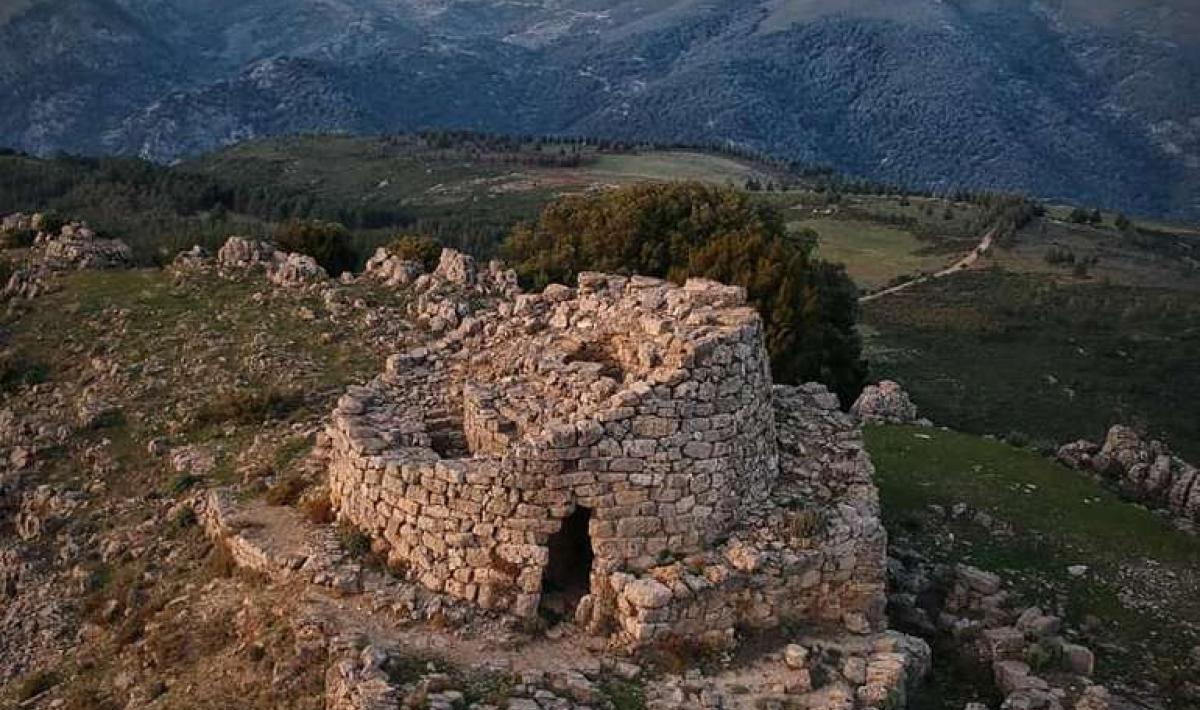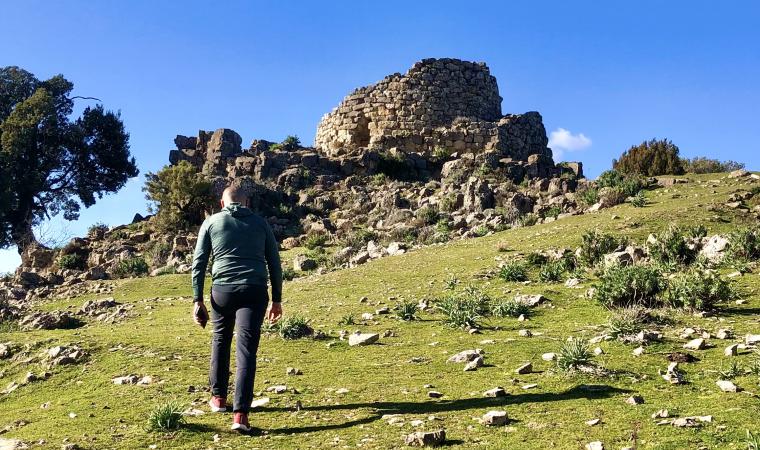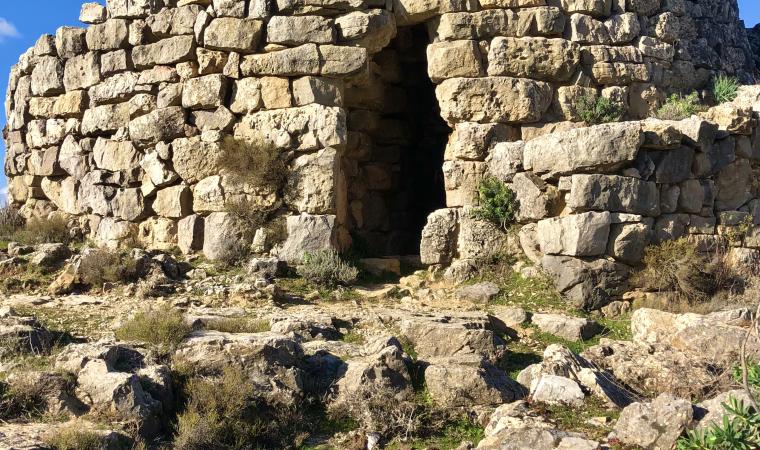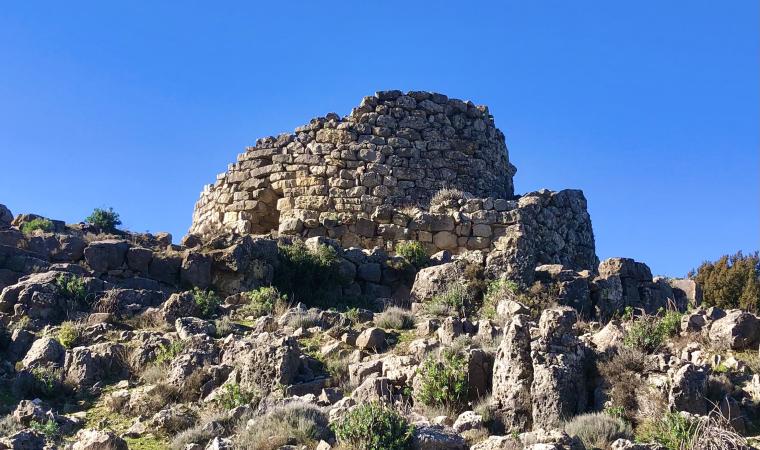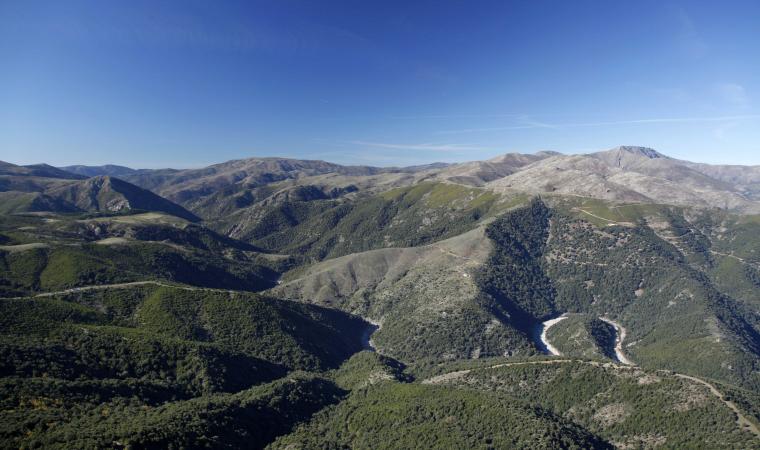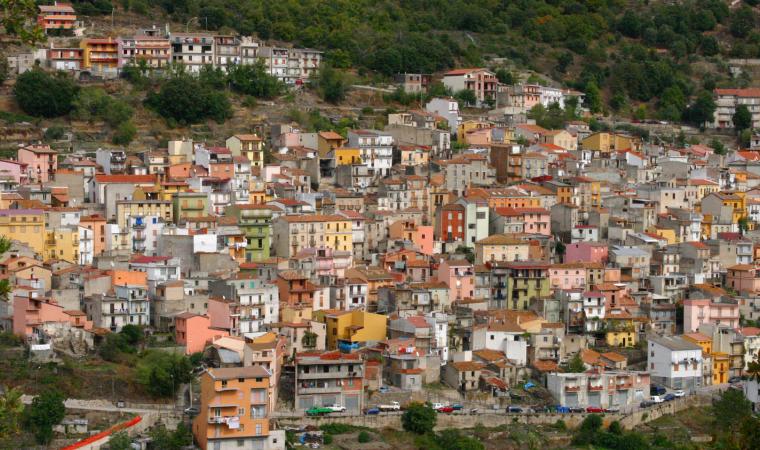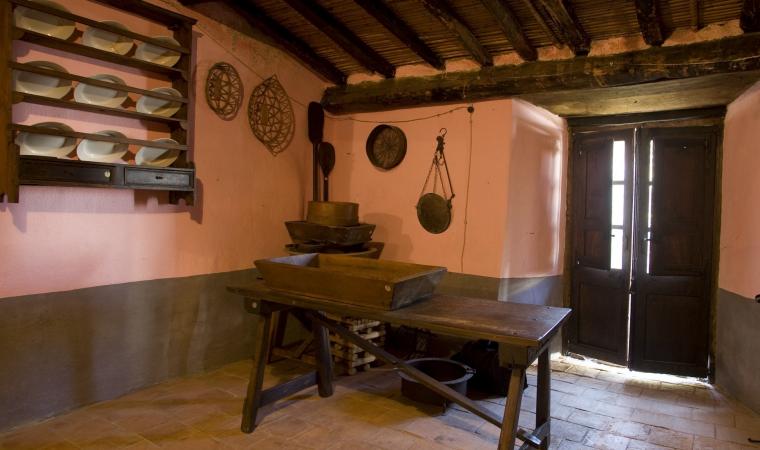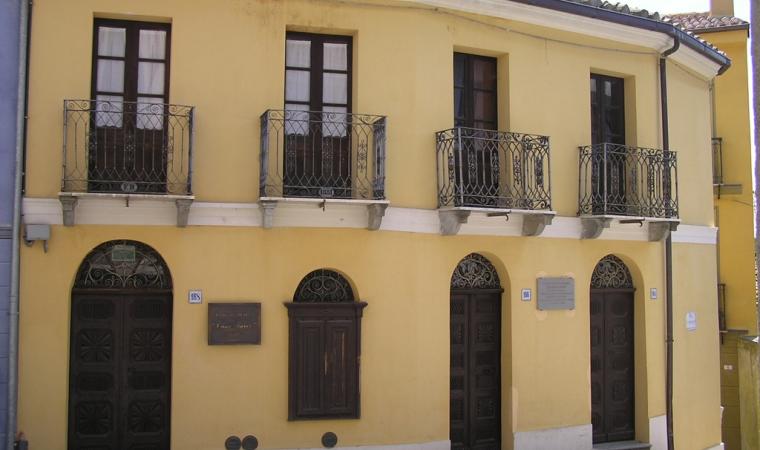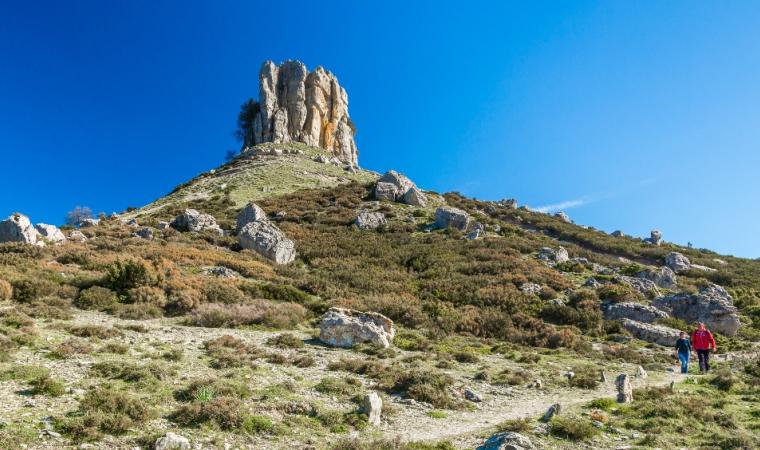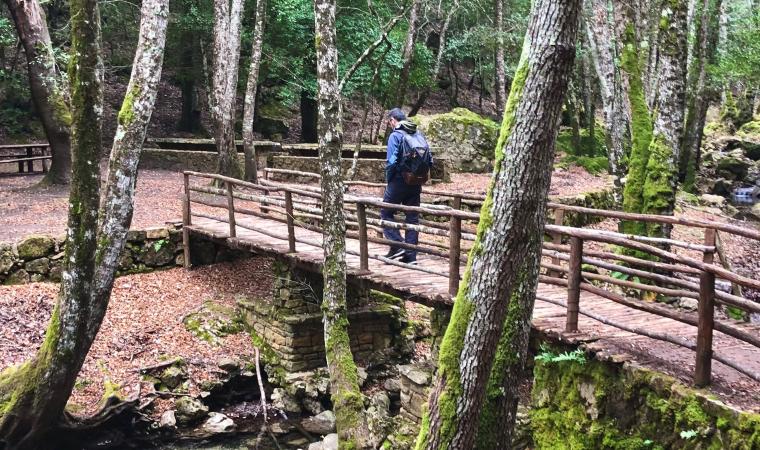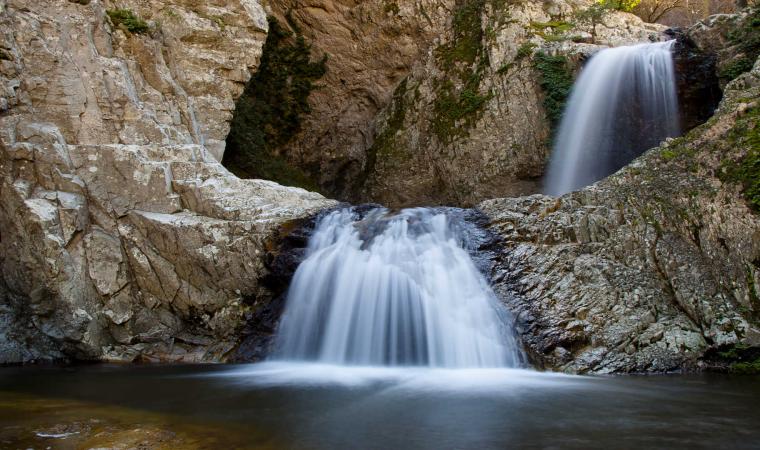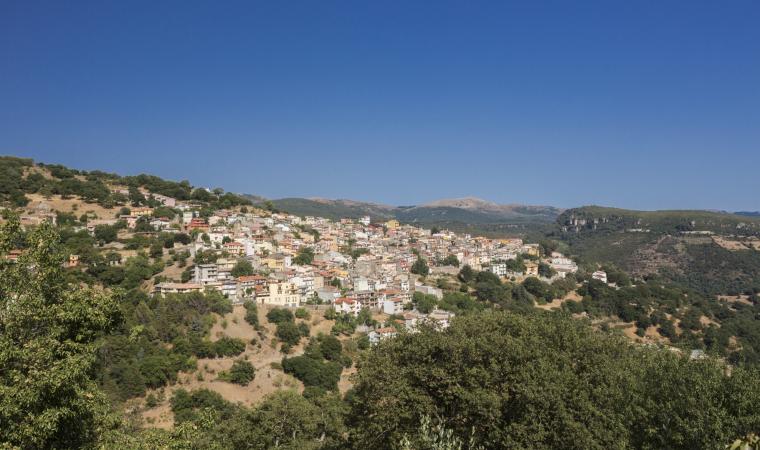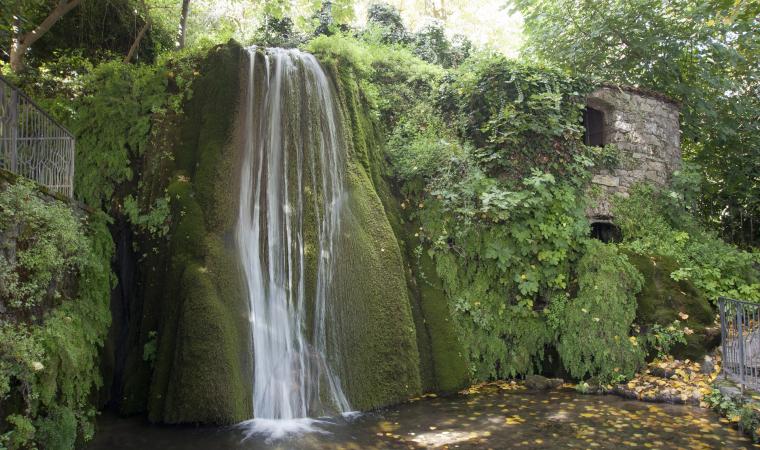You will see it almost suddenly, on the top of a rocky spur along a spectacular scenic road with a view of hills and green valleys. Its position and setting will captivate you and you will be intrigued by a mysterious path. The nuraghe Ardasai is located on the slopes of Tonneri, about 13 kilometres from the residential area of Seui. A strategic position, from which the access roads to Barbagia can be controlled. The structure is part of a complex that also includes a village, the remains of a Giants’ Tomb and perhaps a sacred well.
This is a single-tower nuraghe, probably built during the Middle Bronze Age (17th-14th century BC) with large limestone blocks, originally on several levels. Today, the lower floor still remains, with a tholos vault and a spiral staircase that led to the second level. Around the tower, there was a curtain wall with secondary towers, traces of which can still be identified.
The village huts were positioned around the nuraghe and were oval or circular in shape. In some cases, they exploited the natural form of the rock. Further traces of settlements are scattered over the surrounding hills and downstream: the fortified Nuragic village of Serra su Casteddu occupies the top of the mountain that stands in front of the nuraghe Ardasai, on the opposite side of the road, while all around, within a radius of a few hundred metres, there are other nuraghi, tombs, villages and megalithic circles.
The Ardasai is the subject of a legend that links it to the fortress of Monte Baranta in Olmedo, with which it also shares the position on a sheer rocky spike: a paved path starts from the south-west side of the tower and apparently ends in a sort of natural gateway, delimited by two limestone boulders. Beyond, you’ll find the edge of a ravine. At Monte Baranta and in the surroundings of Gairo Vecchio, there seem to be similar paths, which legends and local traditions apparently identify with the places where the ritual sacrifices of the village elders were celebrated in ancient times.
The territory of Seui is ideal for combining archaeology and trekking through nature: on the opposite side of Monte Tonneri, in an easterly direction, you can admire the unmistakable outline of Perda ‘e Liana, a natural monument and the symbol of Ogliastra. Then, a little further south, lies the forest of Montarbu, one of the most captivating in Sardinia thanks to its landscape and wildlife heritage. You can also cross it in an original way, aboard the Trenino Verde tourist train.

